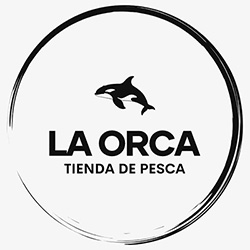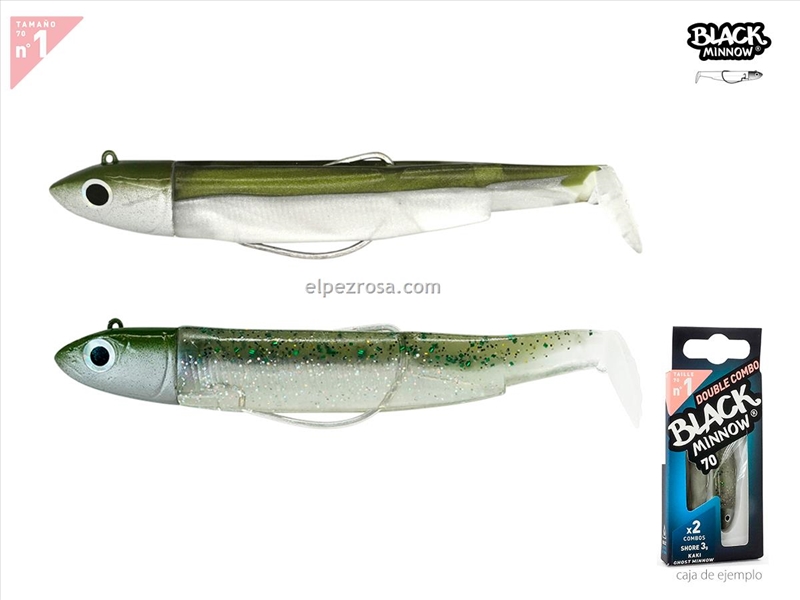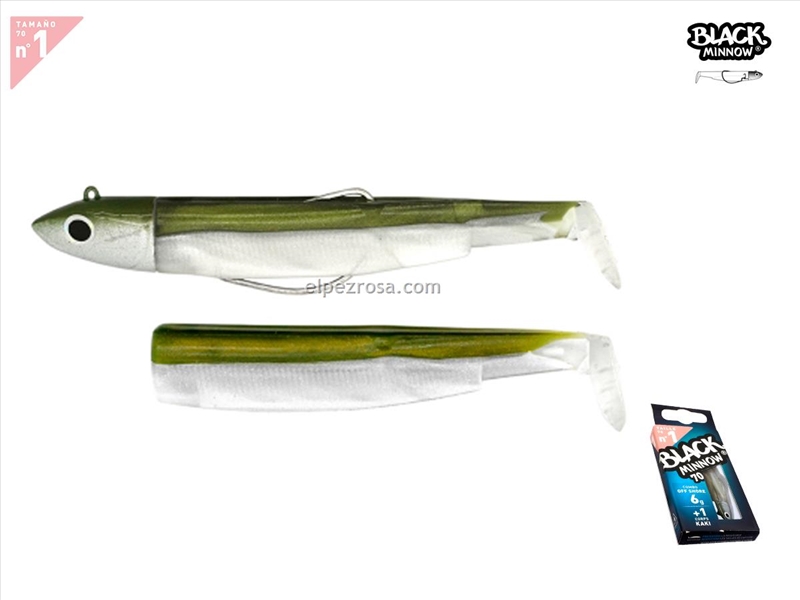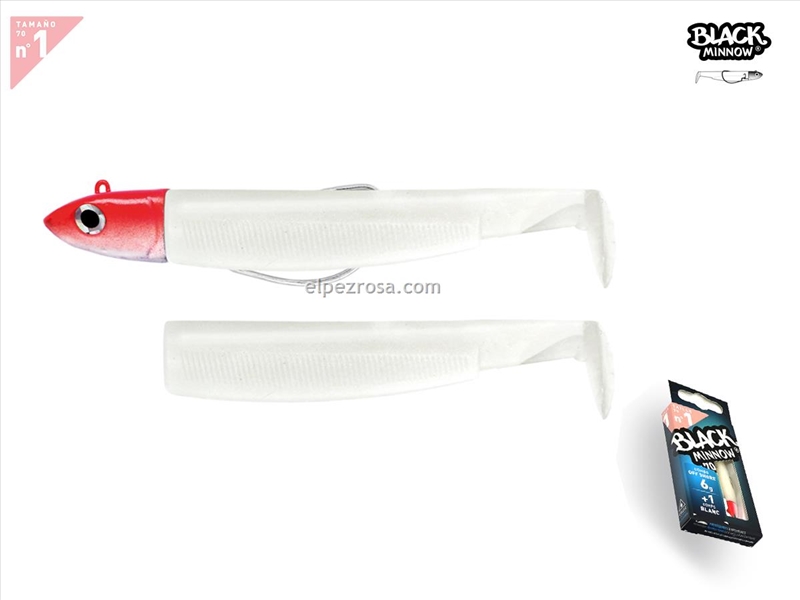Tienda
Black Minnow Nº3 120 mm 37 g Khaki
10,60€
Señuelo vinilo articulado de alta penetración para pesca en aguas profundas
El Minnow 120 mm 37 g Khaki es un señuelo articulado con cabeza plomada de mayor peso, diseñado para pescadores que requieren lanzamientos largos y una excelente capacidad para trabajar en corrientes fuertes o aguas profundas. Su cuerpo articulado permite un movimiento natural y realista que atrae a depredadores exigentes como la lubina, anjova, trucha marina y bacoreta.
El color Khaki, un verde oliva natural, brinda una apariencia realista que se adapta perfectamente a aguas claras y fondos rocosos o con vegetación, ideal para técnicas de spinning y jigging ligero.
Características principales:
-
Tamaño: 120 mm
-
Peso: 37 g
-
Color: Khaki (verde oliva natural)
-
Cabeza plomada + cuerpo articulado
-
Montaje Texas con anzuelo oculto anti-enganches
-
Movimiento natural incluso en recogidas lentas
-
Gran capacidad de lance y penetración en el agua
Ideal para:
-
Pesca a spinning en mar y agua dulce
-
Condiciones de corriente fuerte y aguas profundas
-
Pescadores que buscan señuelos con mayor peso para mayor control
-
Depredadores como lubina, anjova, trucha marina, bacoreta y lucioperca
-
minnow 120mm 37g khaki
-
señuelo vinilo peso pesado
-
vinilo articulado cabeza plomada
-
señuelo anti enganches texas
-
señuelo spinning para lubina y anjova
Potencia y precisión en cada lance. El Minnow 120 mm 37 g Khaki es la herramienta ideal para enfrentar condiciones difíciles y capturar los mejores depredadores.








